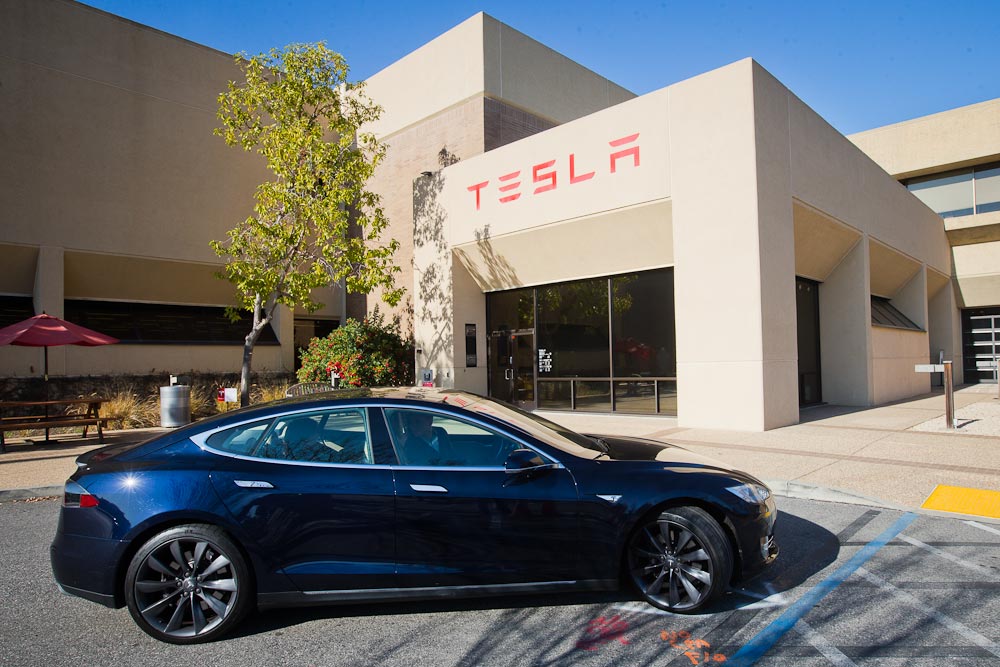
Late in the evening of April 2, Tesla reported on the volume of cars produced and shipped in the first quarter of 2023 – the results were once again record-breaking, albeit below analysts’ expectations.
In January-March, Tesla shipped a total of 422,875 electric cars to customers, up from 310,048 last year. This is a new record for the company, although it failed to reach the consensus forecast of Wall Street analysts – 432,000 units. In total, Tesla produced 440,808 cars at all its plants during the quarter, up from 439,701 in the last quarter of 2022 and 305,407 units in the first quarter of 2022. Recently, the world’s largest electric vehicle manufacturer has changed its strategy and is no longer trying to ship as many cars as possible at any cost at the end of the quarter in emergency mode, but is using a new optimized model to increase profitability by combining orders and shipping cars weekly by region (more details here). That is why the difference between the volume of cars produced and shipped to customers has become more noticeable.
The volume of Tesla cars produced and delivered to customers in the first quarter of 2023

As before, the lion’s share of total sales is accounted for by the more affordable Model 3 and Model Y, which share the same platform – 421,371, or 97.5% (versus 95.8% in the fourth quarter of 2022). At the same time, sales of the premium Model S/X continue to decline, with 10,695 sold in the quarter, compared to 17,147 in the fourth quarter of 2022.
Since the beginning of 2023, Tesla has significantly reduced prices for the entire line of electric vehicles, with the latest price cut in early March affecting the older Model S and Model X models, which dropped up to $10,000 from the previous price. As has been noted many times before, Tesla has mostly only raised prices and has one of the highest profit margins among automakers, so it can afford to stimulate sales in this way.
Tesla will publish its full financial report with all the details on April 19. However, since the third quarter of 2019, Tesla has been consistently profitable and has been setting new revenue and net profit records every quarter since.
Tesla now has four automotive plants that together can produce almost two million cars a year – 1.6 times more than in early 2022 – and the company is already preparing to build the next Gigafactory. In March, Musk confirmed the construction of the sixth Gigafactory in Mexico, which, according to preliminary data, will cost about $10 billion. For comparison, the Giga Berlin-Brandenburg plant cost $5.5 billion. At the same time, Elon Musk and Tesla are heavily promoting the futuristic Cybertruck armored pickup truck, which is due out next year after numerous delays.
Cybertruck crash test pic.twitter.com/MIhJbxLXuP
— Tesla (@Tesla) April 1, 2023
As a reminder, Tesla was founded in 2003 and released its first car only in 2008 (for more information on Tesla’s history, see the link). Below is a graph showing the dynamics of Tesla’s sales since 2008.


